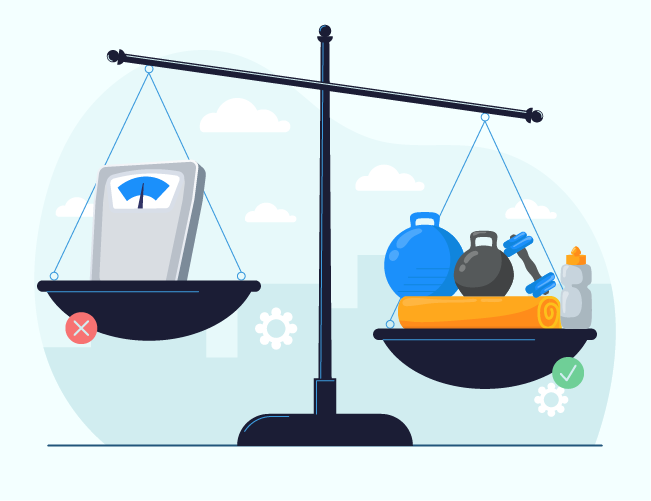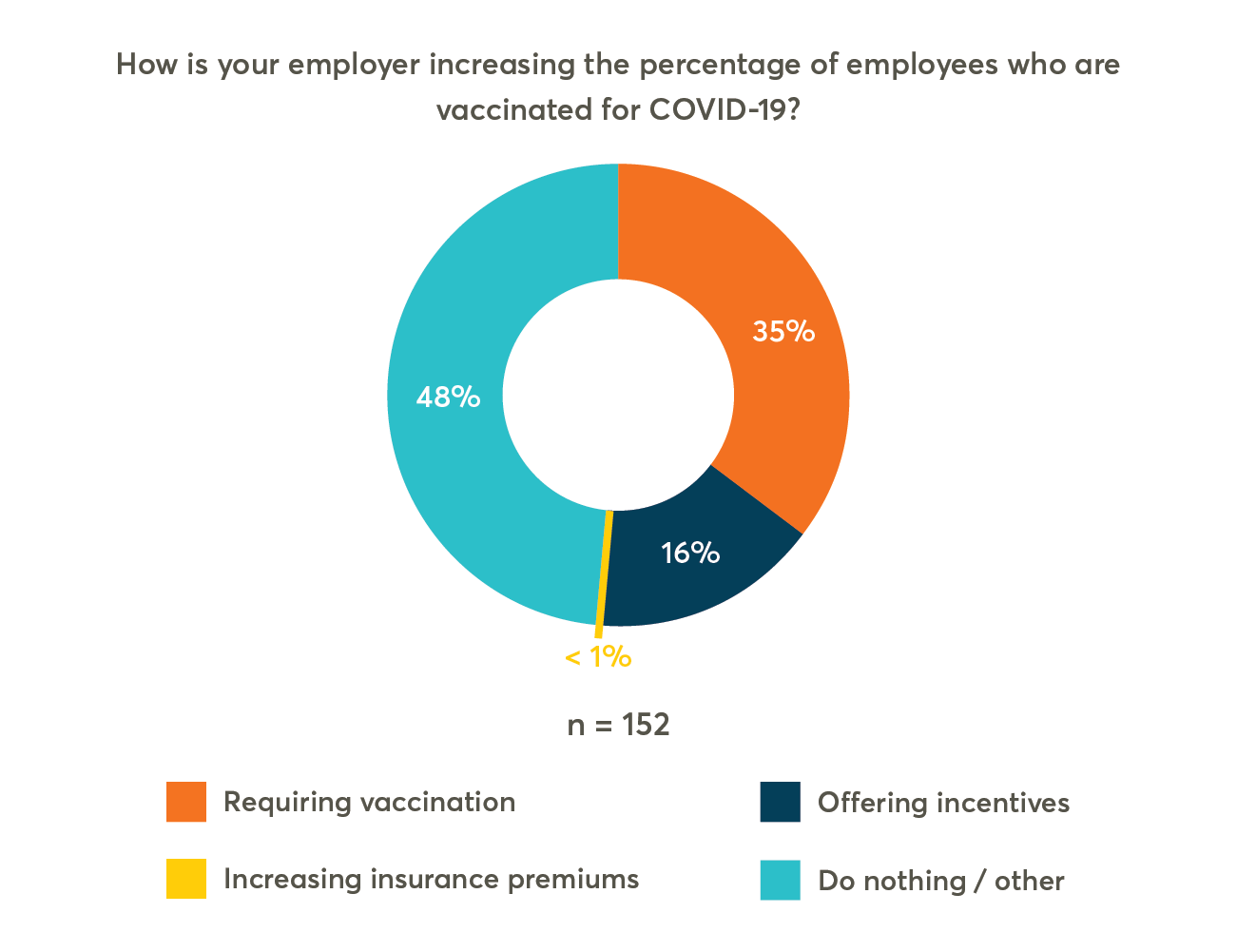Studies Suggest Employers Should Focus On Physical Activity Over Weight Loss
Evidence from a host of recent studies suggests that employers can get more bang out of their wellness bucks by encouraging exercise rather than weight loss. To help employers make more scientifically informed and effective wellness decisions, this post reviews three of the main reasons for encouraging physical activity over weight loss.
12 Questions To Ask During Your Next Wellness Platform Demo
Whether you’re exploring wellness programs for the first time or are a seasoned veteran looking for something different, choosing a new employee wellness platform can be a daunting task. These questions can help clarify what each fitness and health platform offers and understand whether they are a good fit for your organization.
A Whole New (Virtual) World: Apple’s Magic Haptic Carpet Ride
Apple was recently awarded a patent for a flexible interactive material designed to broaden to the range of devices that can provide haptic feedback (e.g., vibrations or other tactile sensations). This technology has the potential to transform workplace wellness and optimization. This post provides a broad overview of the technology, which draws on Apple’s own descriptions of its potential use cases, and how it might be utilized to enhance well-being and improve organizational health.
Causes And Treatments Of Leadership Burnout
Recent findings indicate that leadership burnout is on the rise. This has the potential to have detrimental effects on the organizations they lead. To help organizations combat leadership burnout, this post describes its common causes and provides six steps that organizations can take to combat it.
Six Tips For Combatting Organizational Change Fatigue
Organizations must constantly evolve to survive. When these changes are too extreme, too frequent, or improperly implemented, employees may experience organizational change fatigue (OCF). This post offers six strategies companies can implement to reduce the degree to which organizational changes are cognitively and emotionally burdensome, thereby decreasing the odds that their employees experience OCF.
Flu Season Forecast: What’s Ahead And How To Prepare
Experts are predicting an unusually severe flu season. To help employers stay informed and prepared, this post explains the evidence behind the current forecast and offers tips that companies can use to keep their employees safe.
Aetna Lawsuit Highlights The Need For Modern Family Planning Benefits
Many family planning benefits are constructed and maximized for families led by two heterosexual partners. Sadly, this has been highlighted in a recent lawsuit against Aetna in regard to their fertility care policy. The lawsuit claims the “discriminatory policy is an illegal tax on LGBTQ individuals that denies the equal rights of LGBTQ individuals to have children.”
Pulse Check: How Are Organizations Increasing Employee Vaccinations Rates?
This month, Wellable asked its community how their companies are increasing the percentage of employees who are vaccinated for COVID-19. Here are the stats.
Updates On Workplace Productivity: Communication Overload And Systems-Level Solutions
This post highlights the ways in which maladaptive norms of communication can create productivity sinkholes and discusses examples of productivity interventions that optimize communicatory habits in the workplace.











